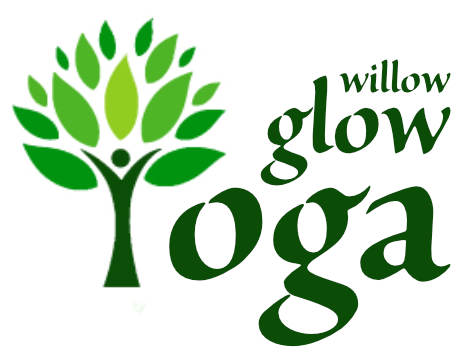Ashtanga vinyasa yoga is a dynamic form of hatha yoga where we flow from one posture to the next synchronising our breath with the movement (vinyasa).

Each body/ breath movement is counted, this encourages our mind to be in the present and in time the practice may become a moving meditation.
The asana (postures) are performed in a set sequential order, each opening and strengthening specific areas of the body, each posture being a preparation for the next.
One of the unique qualities of Ashtanga yoga is its structure. As we perform the same sequence of postures, the practice becomes the constant, giving us a benchmark to our physical and mental wellbeing, a tool to gain greater awareness of our true selves.
A regular Ashtanga yoga practice can promote balance strength and flexibility in both mind and body.

Assisted Self-Practice – Mysore style
This is the traditional method of ashtanga yoga as taught by Sri K. pattabhi Jois in Mysore, South India and is suitable for all levels, including complete beginners.
Each student moves through the set sequence of postures at their own individual pace while being supervised and adjusted by the teacher. This is a wonderful way to practice, especially for beginners as it has all the benefits of one-to-one tuition but with the energy of practising in a group environment. It is not necessary to know the sequence of postures before attending as your teacher will guide you, adding more postures as your body becomes stronger and more flexible.

Ashtanga In Bromley
We are a small group of Ashtanga yoga teachers in Bromley. We collaborate to teach Ashtanga classes throughout the week.
From shorter led classes to full Primary & Intermediate led classes (on-line and in-person), to assisted self-practice classes in the day, evening and weekends. Come and visit a class and join our friendly yoga community.
